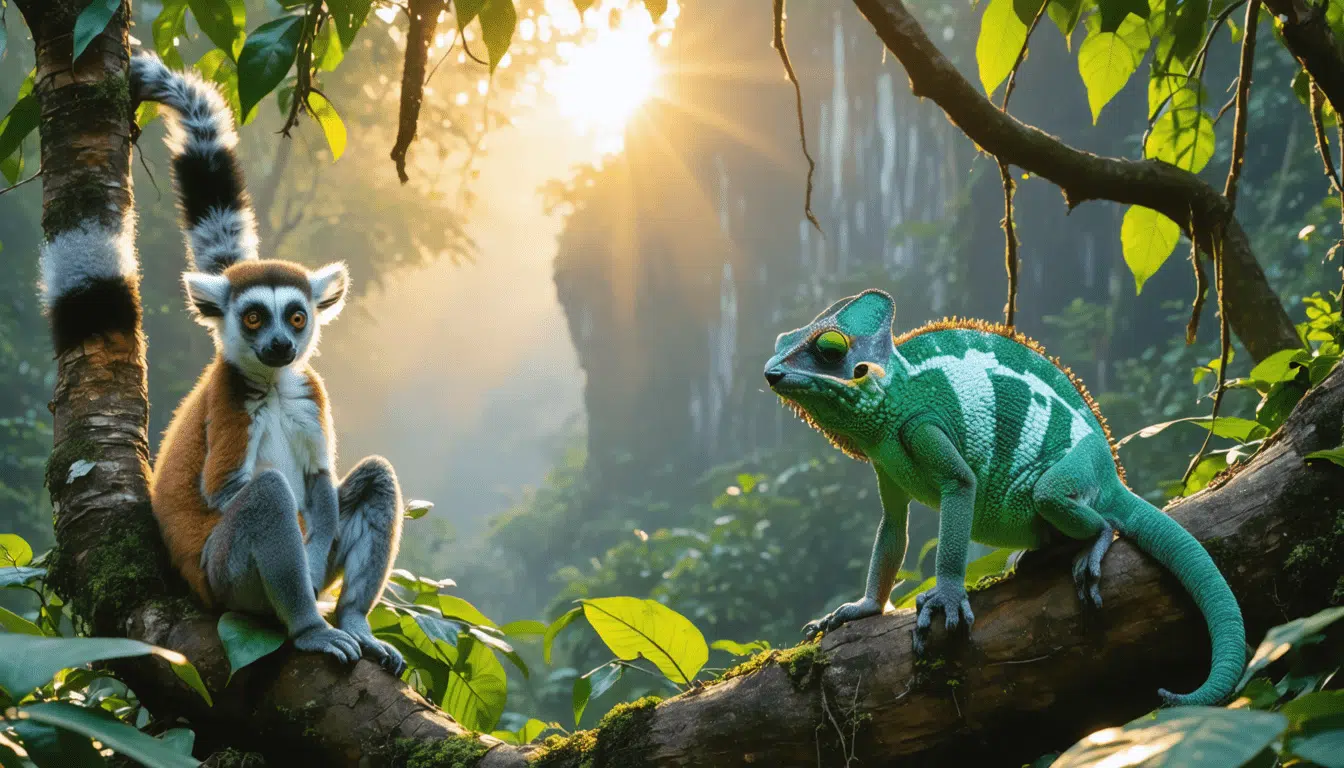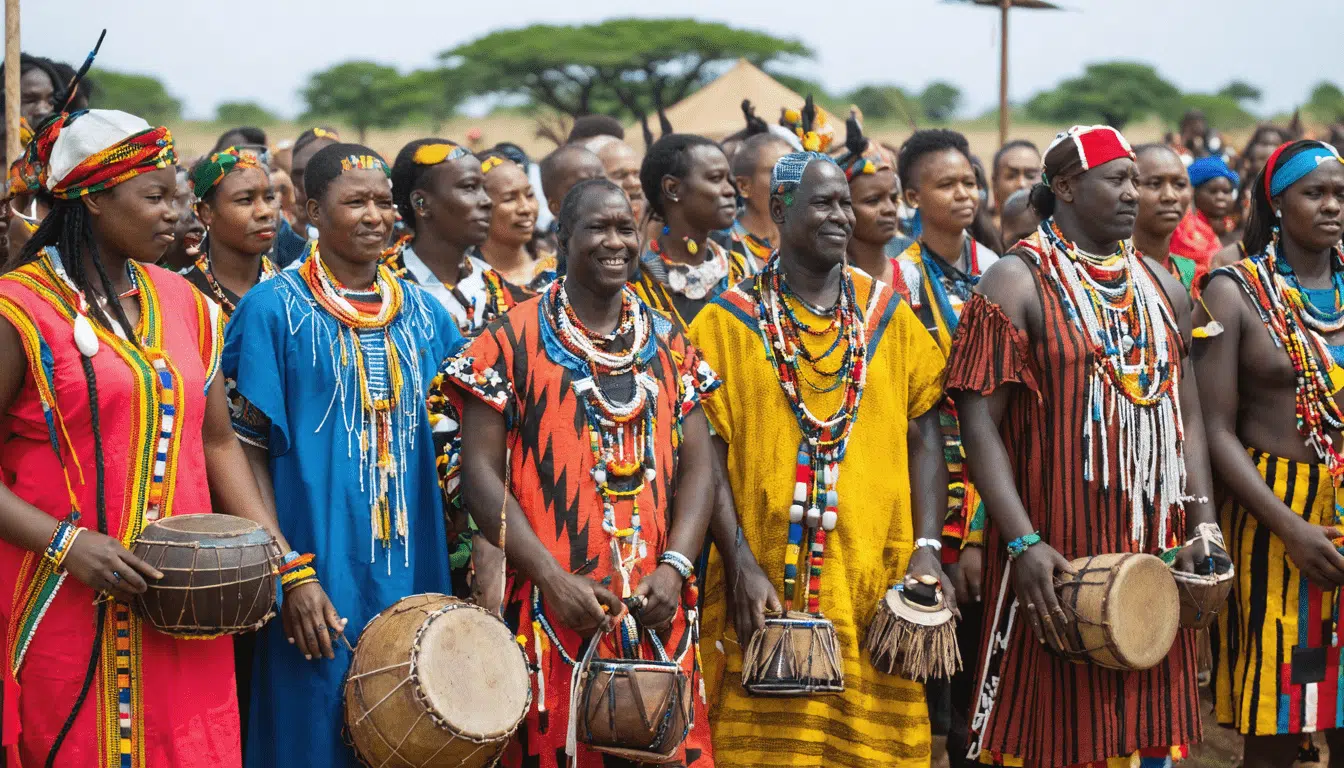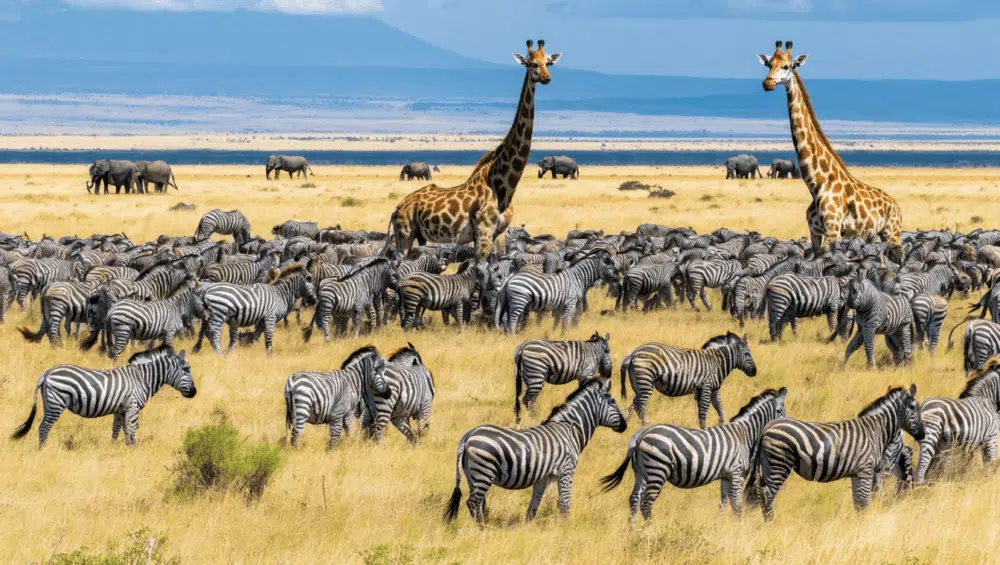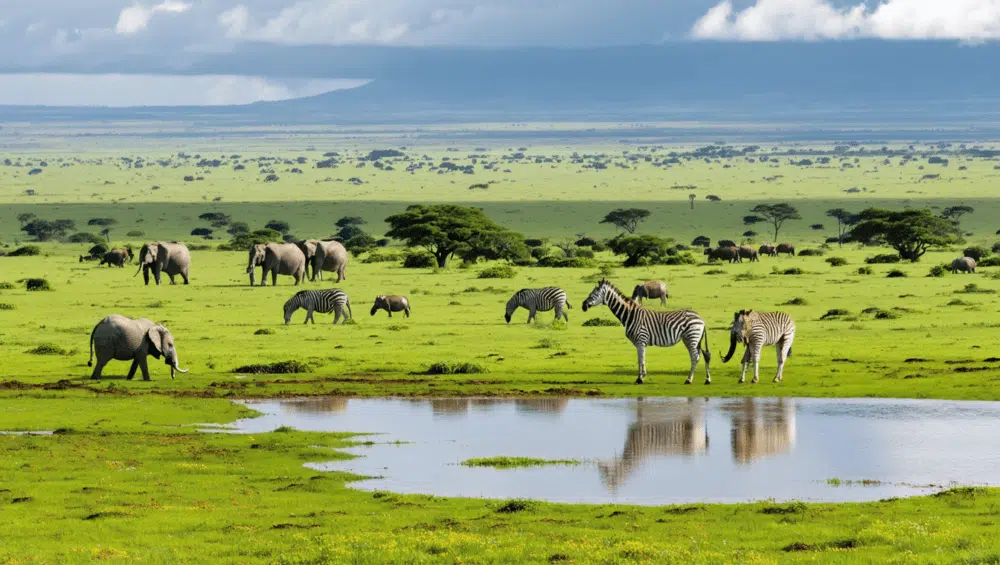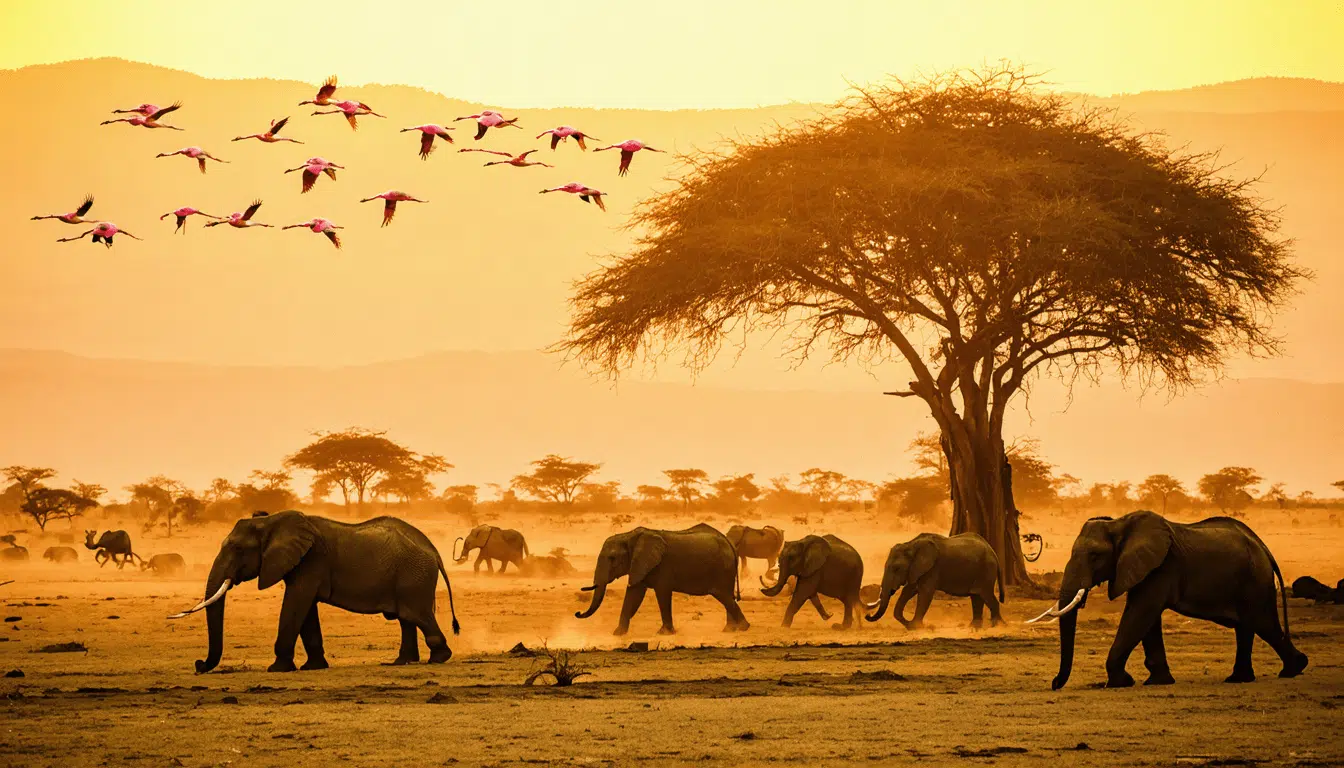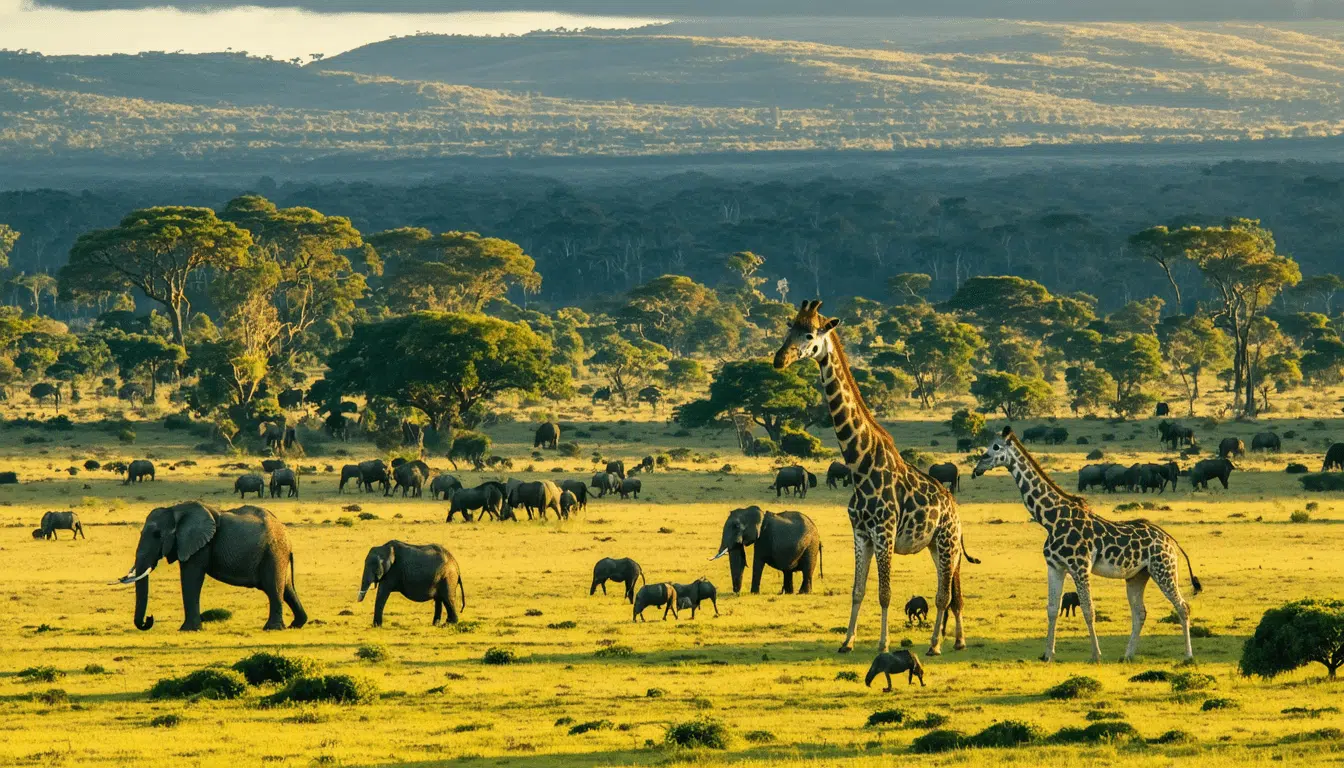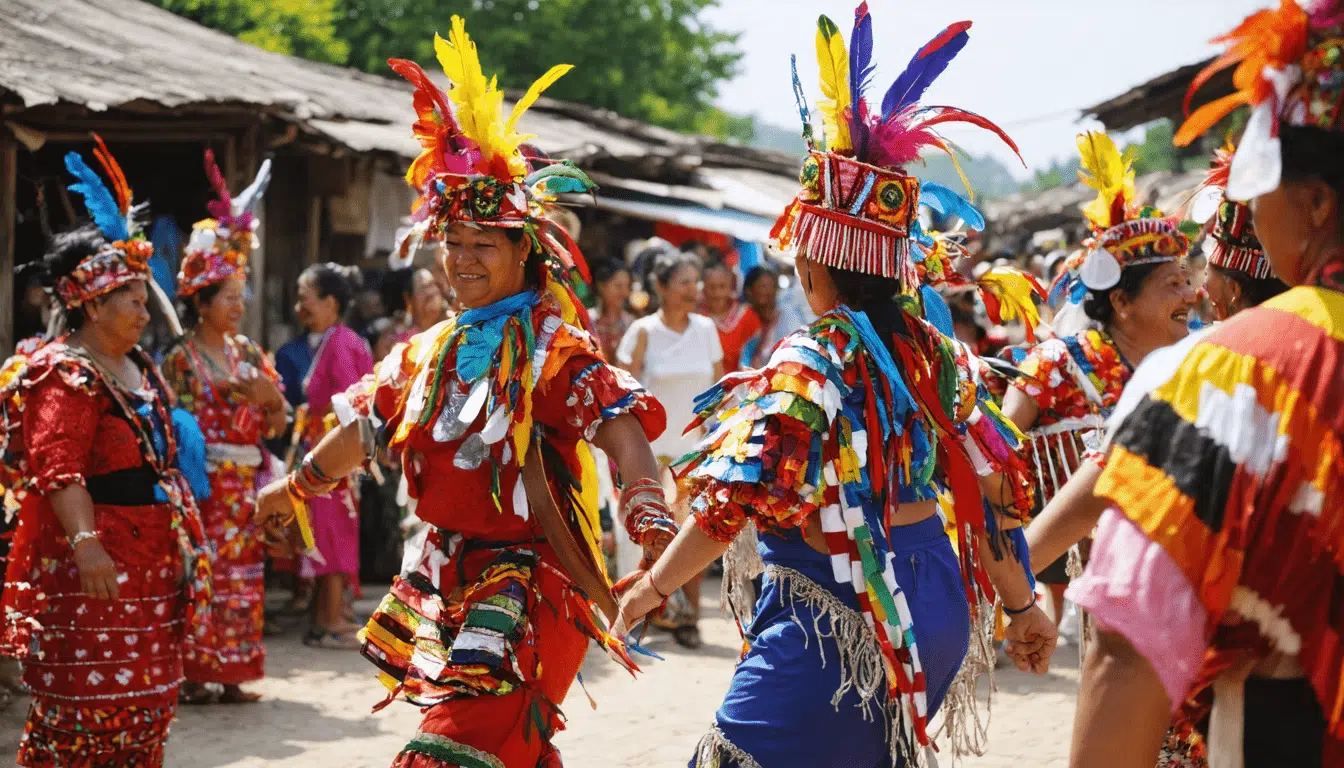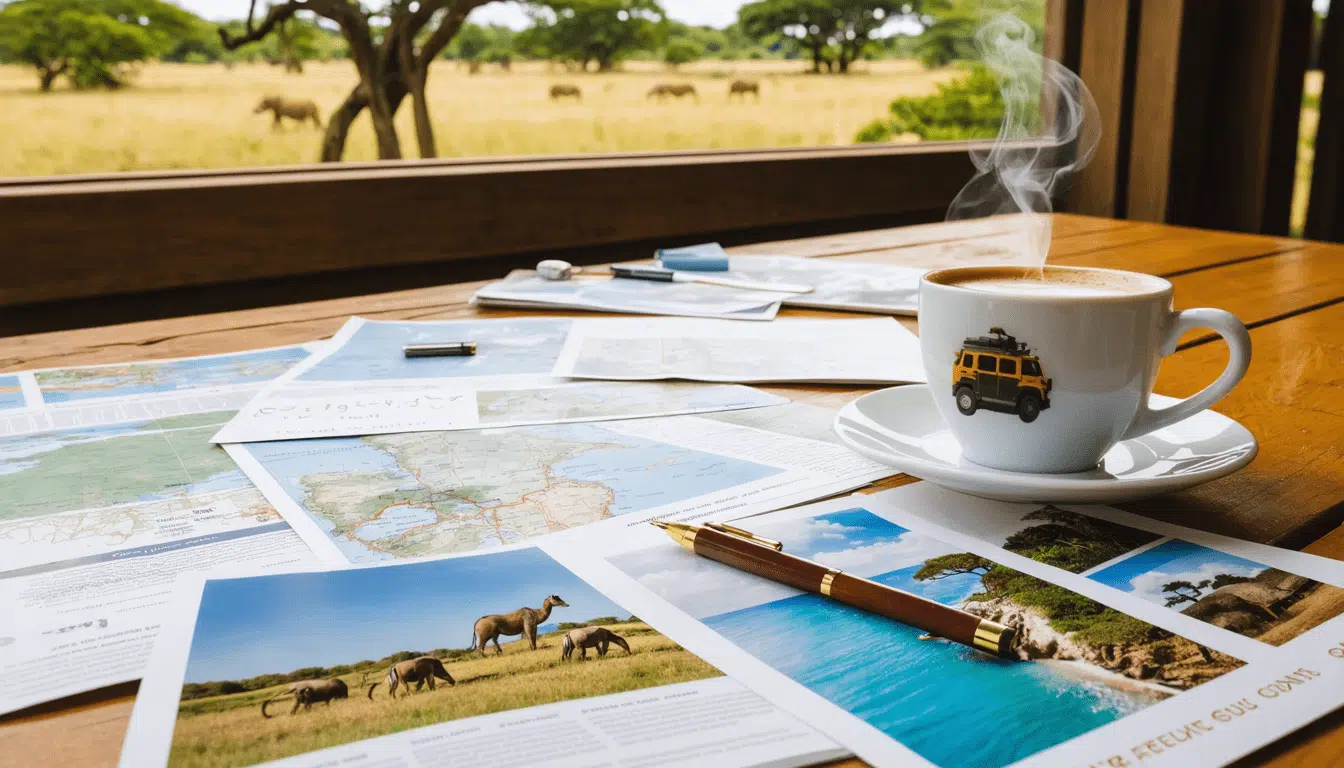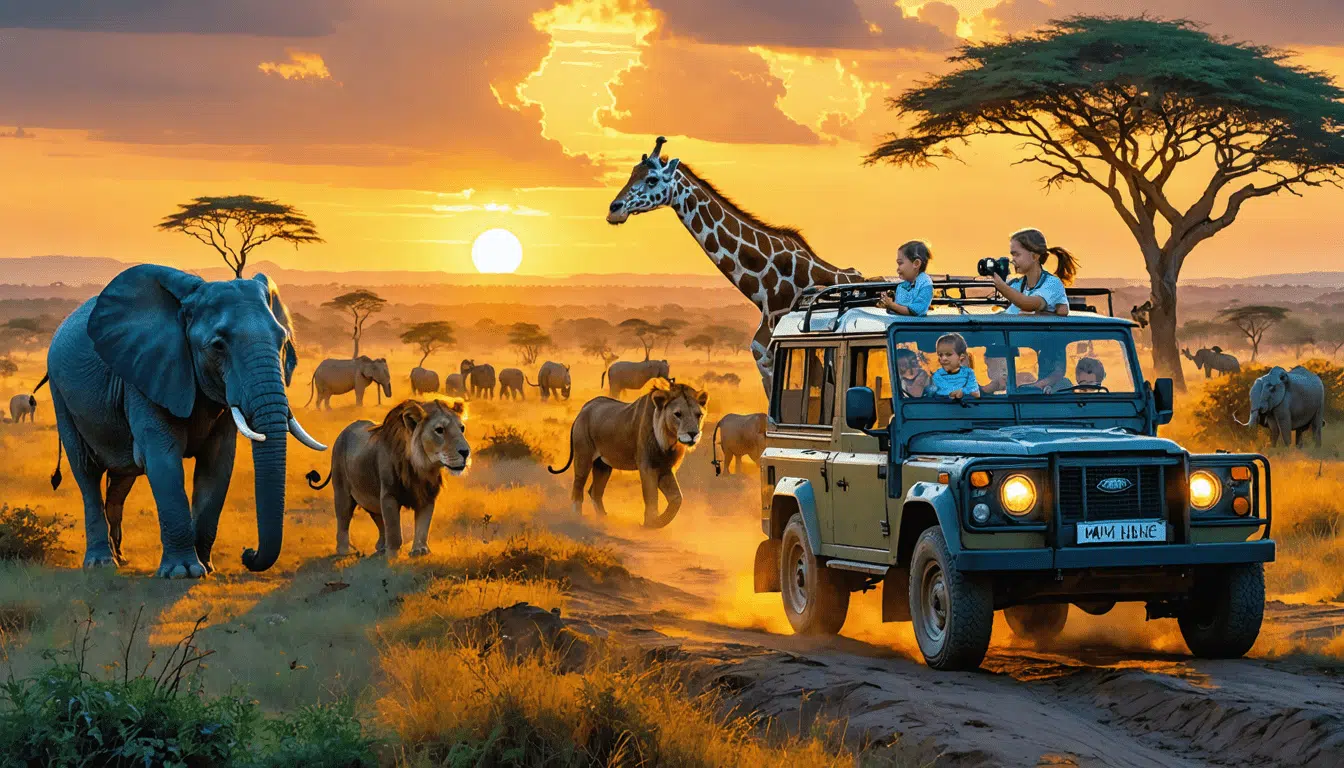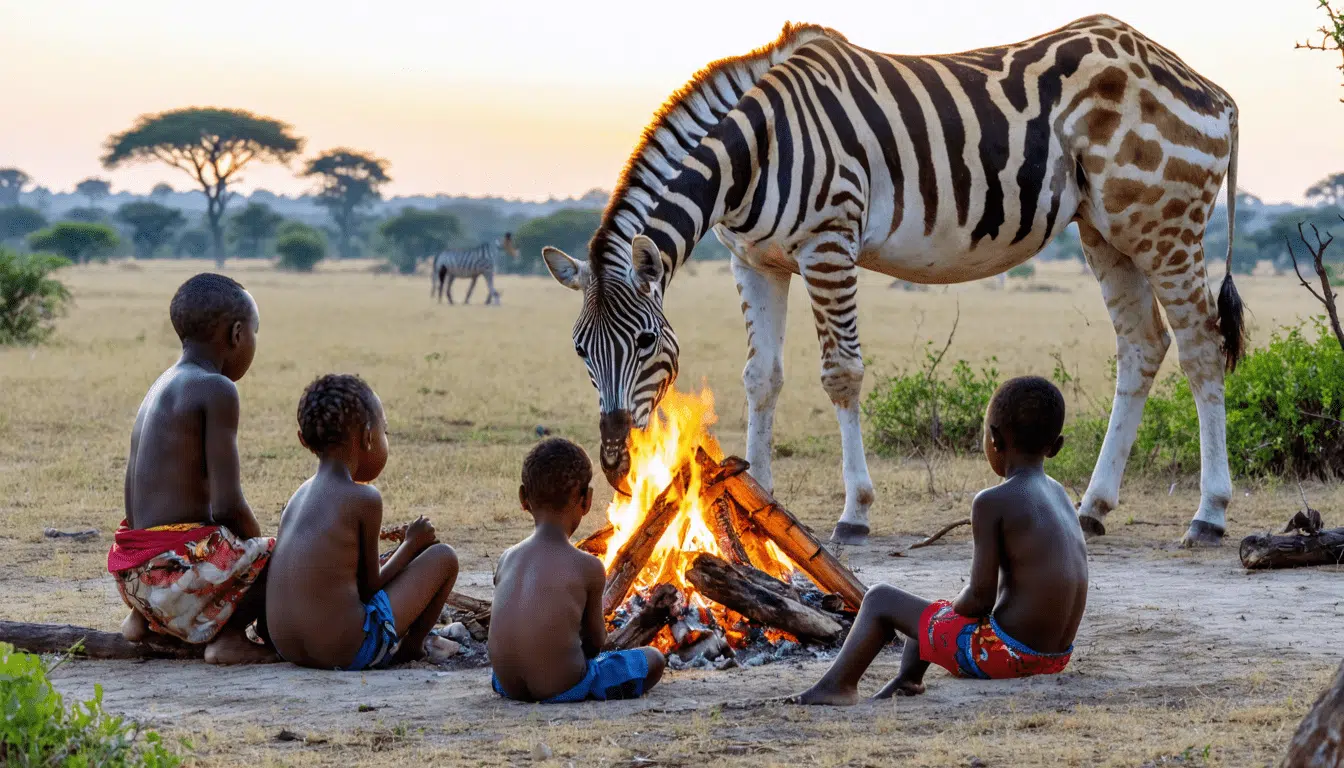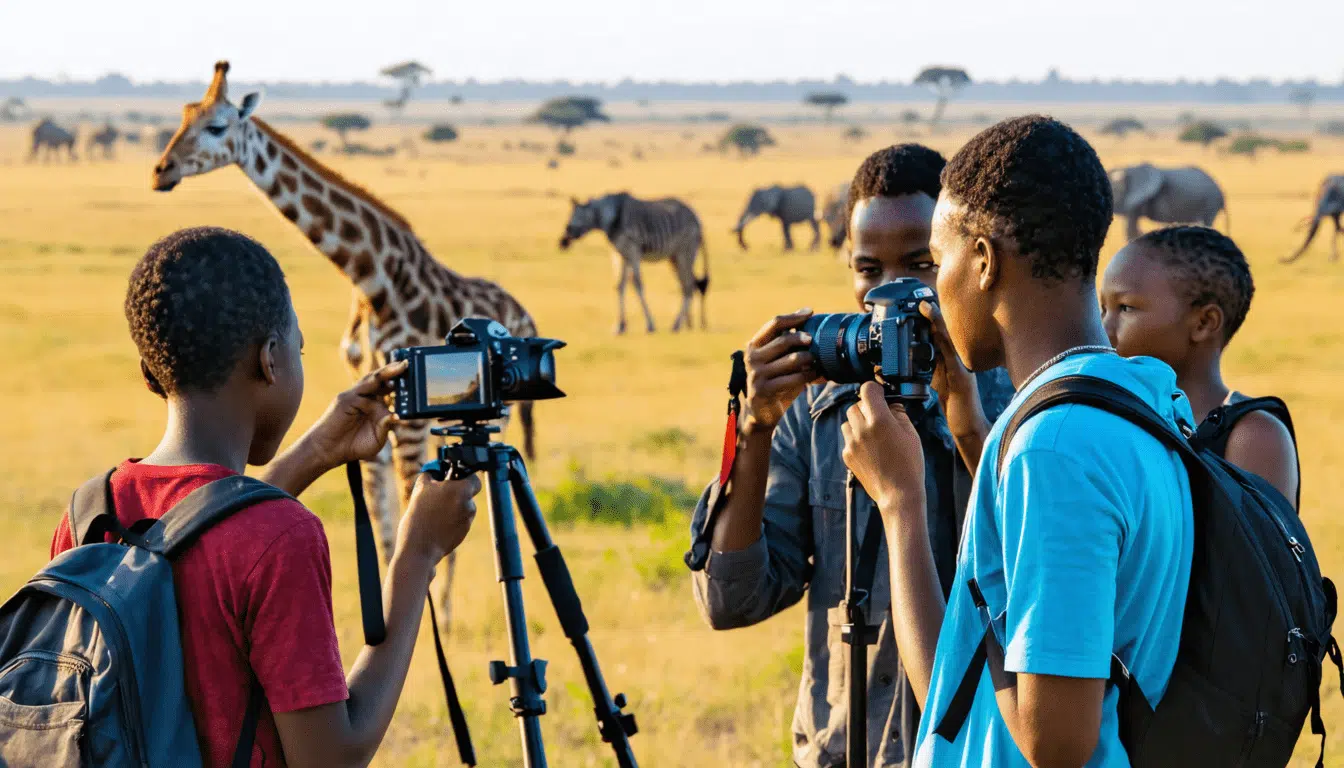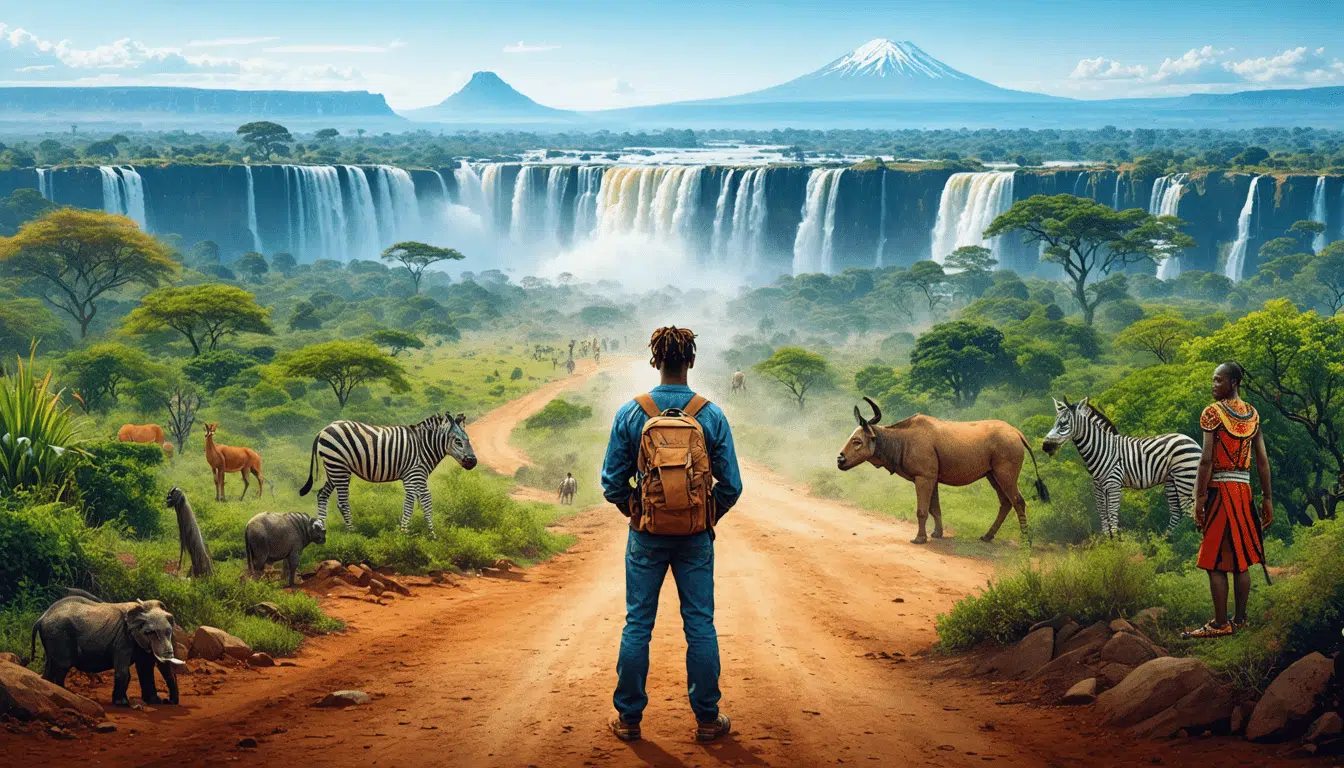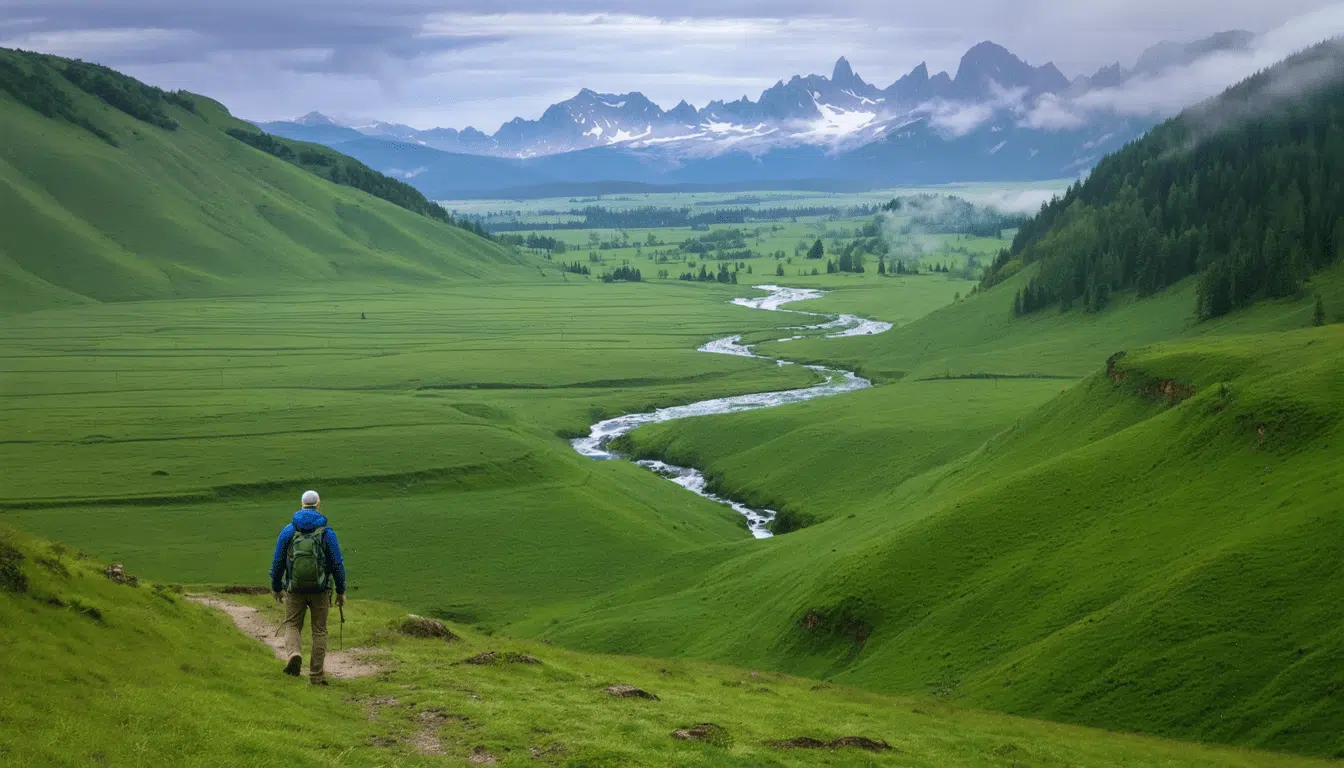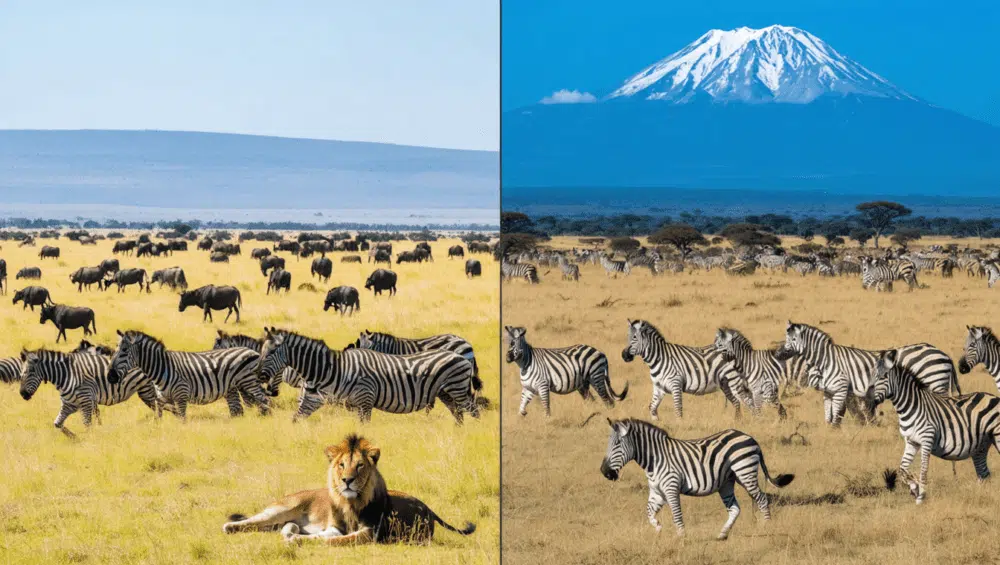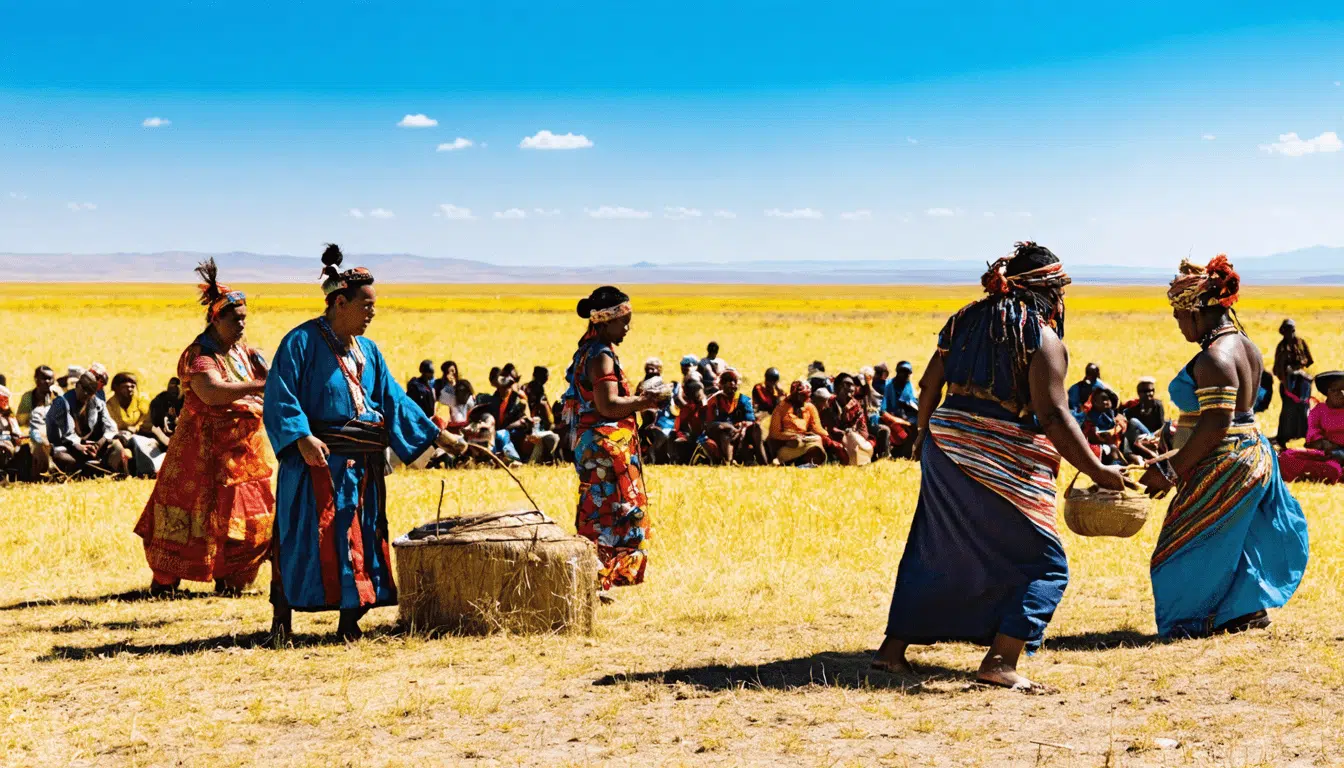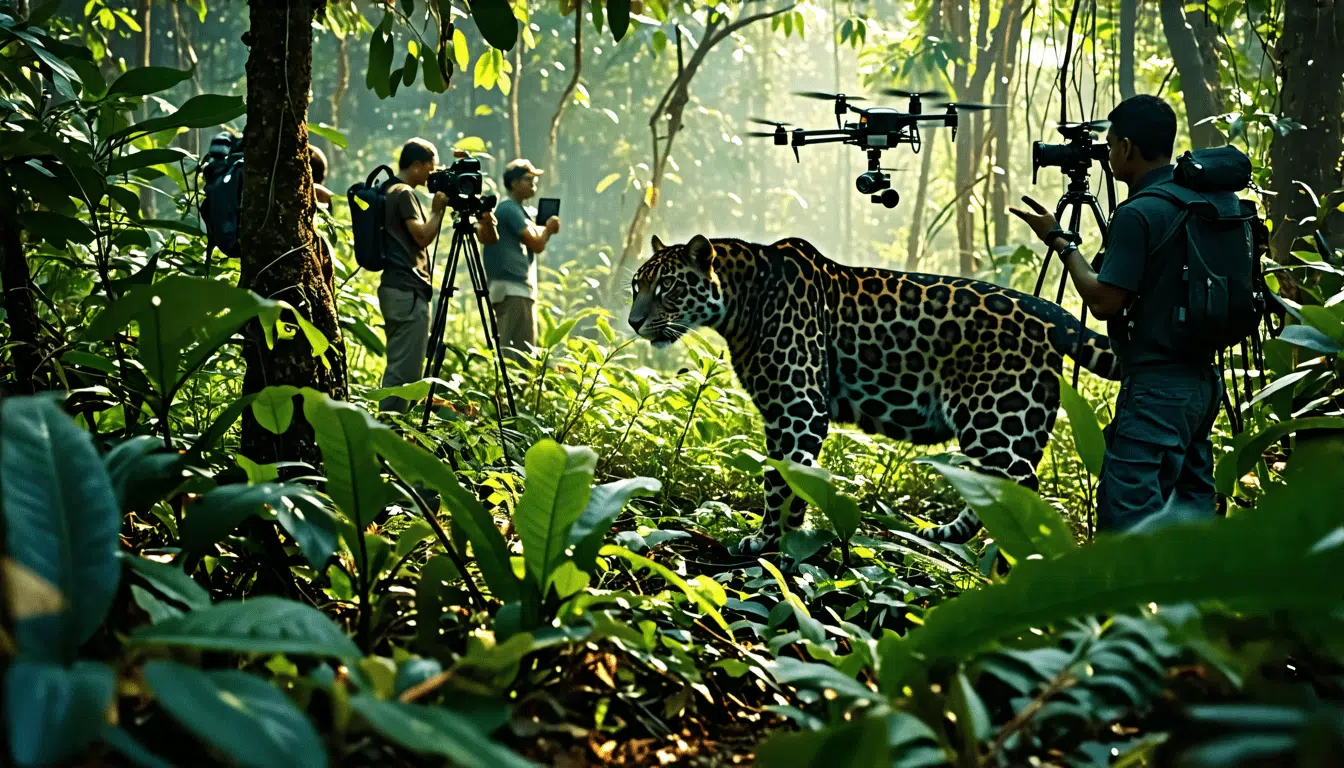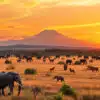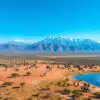Why travel to Kenya in the Low Season (April to June & October to November)?
Why Travel to Kenya in the Low Season?
Ah, Kenya! The land of breathtaking landscapes, majestic wildlife, and rich cultural heritage. While many travelers flock here during the dry season from July to September and December to March, chasing the Great Migration or escaping northern winters, there’s a hidden gem of an opportunity waiting for those who venture during the less-crowded months. Enter the low season: that magical time from April to June and October to November.
Now, I know what you’re thinking. Rainy season? Mud? No thanks! But hear me out. Traveling to Kenya during the low season isn’t just about dodging the drizzle; it’s a whole new way to experience the country. Think of it as having a backstage pass to the wonders of Kenya. Have you ever wished you could have the vibrant savannah all to yourself? Or catch a glimpse of wildlife in a calm setting without jostling for space to snap the perfect photo? Well, my adventurous friend, this might just be your golden ticket.
Imagine the thrill of embarking on an African safari at a fraction of the cost you’d normally expect, when the skies are open, and the fields are lush and green. During the low season, flights, accommodations, and tour packages offer prices that are as refreshing as a cool breeze under the African sun. And let me tell you, there’s nothing quite like feeling the gentle hum of Africa without the hustle and bustle normally associated with peak tourist seasons. The relaxed atmosphere means your safari jeep might be the only one on the road for miles—a true privilege for any nature lover.
Beyond the savings and tranquility, there’s an added touch of magic. Picture yourself in the midst of calving season, when newborn animals wobble their way into the world, or witnessing the stunning spectacle of migratory birds painting the sky. Even the landscapes join in, dressed in their finest, lush attire, thanks to the rains that enhance the scenery rather than detract from it. To those in the know, the Maasai Mara and Amboseli take on an unmissable, starkly beautiful character in these months, peppered with unique flora and thriving fauna.
Of course, there’s more than just nature to behold. When the large crowds recede, the doors open to genuine interactions with local communities. This is the chunk of time when cultural festivals spring to life, offering rich tapestries of tradition, music, and dance that can enrich your journey tenfold. It’s a chance not only to witness but to participate, to forge connections with the people whose stories intertwine with the lands they call home.
So, why not embrace the road less traveled? Dive into Kenya’s low season and discover the surprises awaiting you, from affordable adventure to unique wildlife moments, set against the backdrop of vibrant culture and tranquil serenity. After all, isn’t travel all about seeing the world through a different lens? Maybe, just maybe, it’s time to switch yours to a low-season perspective.
Introduction to Traveling in Kenya’s Low Season
A Glimpse into Kenya as a Travel Destination
Kenya—just hearing the name conjures up images of expansive savannahs dotted with wildlife, vibrant tribal cultures, and stunning landscapes that have inspired countless travel dreams. It’s a country that offers stories of adventure and experiences that are truly unforgettable. Maybe you’ve seen those glossy pictures in travel magazines, where the Maasai Mara is teeming with wildlife during the Great Migration, or the sun setting dramatically behind Mount Kilimanjaro in Amboseli. For many, these sites and scenes make Kenya a bucket-list destination, especially during the traditional peak tourist seasons from July to September and December to February. But have you ever wondered what it might be like to visit Kenya when the usual tourist crowds have retreated?
Defining Kenya’s Low Season
Let’s take a moment to explore what traveling during Kenya’s low season, from April to June and October to November, can offer. You’ve heard of the term low season, right? It’s the travel period that’s off the beaten path, often overlooked by tourists in favor of the more popular, albeit crowded, times of the year. But let me tell you, this low season period in Kenya might just be one of the best-kept secrets for travelers looking for something different.
Why, you ask? Picture this: the magical landscapes are still there, the wildlife hasn’t gone on holiday, and the culture? Well, it’s as rich and diverse as ever. But there’s more serenity—more chance to engage deeply with the environment and its people without the hustle and bustle of peak season. Sometimes, it’s the path less traveled that can lead to the most extraordinary experiences. Have you ever considered taking that path?
Benefits of Traveling During the Low Season
Let’s dive into the reasons why you should consider packing your bags and heading to Kenya during this remarkable time. First off, think of the perks that come with fewer tourists. Imagine having the breathtaking savannahs almost to yourself or sharing intimate glances with a pride of lions with no jostling for the best camera angle. Sounds appealing, doesn’t it?
And let’s not forget the cost factor. Have you ever looked at a dream destination and winced at the price tag that jacks up when the hordes of tourists descend? Well, the low season is your budget’s best friend. Reduced costs on flights, accommodations, and even safaris provide opportunities for travelers who like to get more bang for their buck.
Likewise, this off-peak period allows for a more relaxed and peaceful ambiance that can transform your travel experience. Dive into those clear Indian Ocean waters off the Kenyan coast without worrying about overcrowded beaches, or explore the lush rainforests at your own pace. It’s like the country is extending a personal invitation just for you to come and feel its heartbeat.
And if you’re anything like me, this is what makes traveling during the low season a compelling option. So, are you ready to consider Kenya in a new light? Maybe even pack a suitcase and buy that ticket for the low season adventure of a lifetime?
Cost-Effective Travel and Relaxed Atmosphere
Let’s be honest. Who doesn’t love a good deal, especially when it comes to travel? If you’ve ever dreamt of visiting Kenya but hesitated due to costs, then the low season from April to June and October to November is a golden opportunity. Trust me, your wallet will thank you!
Significant Reduction in Travel Costs
During these months, you’ll notice a considerable drop in prices across the board. Flights to Nairobi or Mombasa? Significantly cheaper. You might even score a window seat without any elbow battles. Accommodations? The lodge you bookmarked that seemed out of reach may suddenly become affordable, with discounts ranging from 20% to 50% off peak season rates. Imagine waking up with breathtaking views of the savannah at half the price. Many hotels and resorts, understanding the ebb of tourists, offer enticing packages, including full board or activity bundles. It’s like the universe conspiring to grant you that dream vacation!
And let’s talk tours. Ever wanted a private safari excursion? With fewer tourists, booking personalized tours becomes not only possible but also reasonably priced. You might just have a whole Jeep to yourself (and the guide, of course) while cruising through the Maasai Mara. Plus, local operators are more willing to negotiate and offer specials, knowing that everyone loves a good bargain.
A Relaxed, Crowd-Free Atmosphere
Now, picture this: you’re standing in front of a majestic elephant, camera ready, and there’s no one but the gentle breeze to nudge you. Fewer crowds mean a more intimate experience with Kenya’s stunning landscapes and wildlife. You get to enjoy serene game drives without the rumbling convoy of safari vehicles. You might even feel like the main character in your own African adventure story, exploring uncharted territories (okay, maybe not uncharted, but it feels like a personal discovery!).
When visiting local attractions, museums, or even the bustling markets of Nairobi, you can chat with vendors without feeling rushed. Shopkeepers are more likely to spend time talking to you about their crafts and maybe share a story or two about their heritage. Isn’t it nice to have a leisurely stroll rather than being elbowed by selfie sticks?
Economic Benefits for Budget Travelers and Families
For those of us who travel on a budget, the low season in Kenya is a dream come true. Airlines frequently cut costs on flights, allowing you to save significant amounts on international travel. Families, especially those who come with a tribe of kids, will appreciate the deals, making it an affordable getaway that doesn’t break the bank. More room in the budget means more funds for that extra elephant carving or that beadwork bracelet you promised yourself you wouldn’t buy. (But how can you not?)
Beyond just savings, traveling in the low season allows you to contribute positively to the local economy. Smaller crowds mean that local businesses rely heavily on the visitors they do get. Your tourism dollars are even more valuable during this time, supporting conservation efforts, local artisans, and the communities that depend on tourism year-round. It’s a win-win situation – you get the adventure, and they get sustainable support.
Have you ever traveled during the off-peak season? The benefits of lower prices and less crowding are not just myths reserved for travel guides. It’s an experience that offers so much more than monetary savings; it provides a personal journey filled with calm explorations, affordable luxury, and meaningful interactions.
So, there you have it. Traveling to Kenya during the low season isn’t just about cutting costs; it’s about gaining experiences that are both enriching and sustainable. Why settle for the tried and busy when you can have an adventure that’s uniquely yours?
Unique Wildlife Experiences and Scenic Landscapes
Have you ever considered what it would be like to have a front-row seat to nature’s most intimate spectacles? Visiting Kenya during its low season might just be your golden ticket to witnessing something extraordinary. Imagine catching sight of a newborn elephant taking its first wobbly steps, or hearing the chirps of exotic migratory birds filling the air. Sounds idyllic, right? Let’s dive into why the low season offers some of Kenya’s most remarkable wildlife experiences and scenery.
Witnessing the Circle of Life: Calving Season
One of the high points of traveling to Kenya from April to June is the calving season. Have you ever watched wildlife documentaries showcasing the miracle of birth on the African plains? Well, during these months, you can experience this phenomenon live. The green landscapes provide an abundance of food, which means many species like wildebeests, zebras, and antelopes choose this time to start their families.
I remember my visit to the Maasai Mara in May, standing silently with a small group, almost holding our breaths as we watched a wildebeest giving birth. Within minutes, the calf was up and moving, as if aware of the lurking dangers. This is nature at its purest and rawest, offering a unique perspective on the circle of life that’s often unavailable during the busier months.
The Secret Show of Migratory Birds
Now, if you’re like me and have a thing for our feathered friends, you’ll find Kenya’s low season an absolute treat. From October to November, the skies burst with birdlife as migratory flocks make their way across the country. Have you ever seen thousands of flamingos turning lakes pink with their sheer numbers?
And it’s not just flamingos. Many rare bird species can be spotted, creating a veritable paradise for bird watchers. Lakes such as Lake Nakuru and Bogoria become hotspots for spotting these avian wonders. Whether you’re an avid bird watcher or just someone who appreciates a vibrant scene, this spectacle is undeniably magical.
Lush Landscapes: A Painter’s Dream
The low season showers transform Kenya’s vistas into lush, verdant landscapes. The thing about rain showers? They breathe new life into the terrain. You might think rain is a travel buzzkill, but in Kenya, it’s a blessing that brings forth a tapestry of greenery across the savannahs. Have you ever seen the Maasai Mara teeming with life against a backdrop of emerald green? It feels like stepping into a painting where the colors leap off the canvas.
Trips to Amboseli National Park are particularly mesmerizing during this time. Picture this: Mount Kilimanjaro rising majestically in the distance, its peak capped with snow; the plains below flourishing with greenery, and elephants moving gracefully across the horizon. It’s a side of Amboseli many travelers miss if they stick to the high season travel norm.
Exploration Beyond the Obvious
While the Maasai Mara and Amboseli are must-sees, Kenya’s other conservancies offer equally exceptional experiences during the low season. Conservancies like Ol Pejeta and Lewa Wildlife Conservancy provide more secluded encounters with wildlife. With fewer tourists around, you’ll find these places far more relaxed and enjoyable.
On a spontaneous detour last October, I found myself in Lewa. There, I witnessed a family of rhinos lounging lazily, unbothered by the few humans quite literally dropping their jaws around them. These slightly off-the-radar spots allow for personal interactions with these majestic animals—something you can’t put a price tag on.
Special Insights and Personal Connection
Personal connection with Kenya’s landscape and wildlife during the low season can make a profound impact on your travel narrative. When I reflect on these trips, they aren’t just memorable moments captured in photographs; they’re memories etched with a deeper understanding of nature’s rhythms.
Isn’t that what we all seek in travel, anyway? To return home not just with souvenirs but with stories deeply imprinted in our minds—stories that remind us of the interconnectedness of life and our place within it. So, when you think about your next adventure, consider Kenya during the low season. Trust me, its wildlife and scenery might surprise you in the best ways possible.
Cultural Festivals and Local Interactions
Picture this: you’re in Kenya, not surrounded by the usual tourist throng, but instead, you’re part of something more intimate, more genuine. Traveling during the low season offers this unique allure. It’s a chance to dive deeper into the beating heart of Kenyan culture, with festivals and events that might fly under the radar for those only traveling during peak months.
Discovering Kenya’s Passion for Celebration
When we think of festivals, we often imagine the hustle and bustle of vast crowds. But in Kenya’s low season, you’ll experience something refreshingly different. Take, for instance, the Lamu Maulidi Festival, which happens in April. This religious and cultural celebration commemorates the birth of Prophet Muhammad with lively processions, poetry, music, and traditional dance. As part of the island’s richly woven Islamic heritage, you get to see Lamu come alive with festivities that feel more personal and connected.
Or how about the Rhino Charge in June? This isn’t just any off-road driving experience. While it happens in the name of conservation, raising funds for the Rhino Ark Charitable Trust, it attracts a close-knit community of thrill-seekers and conservation enthusiasts. You get to witness not just a rally, but a passionate exchange of ideas and goodwill, all while supporting a great cause. This isn’t just tourism; this is immersion.
Meaningful Interactions with Local Communities
One of my fondest memories in Kenya was sitting around a fire with Maasai tribespeople, exchanging stories beneath a sky sprinkled with stars. These intimate settings become more accessible during the low season, when local communities are not inundated with tourists. It’s here, in these quieter moments, that genuine connections are made.
For travelers keen on understanding the indigenous cultures, spending time in Maasai villages or attending a Kikuyu wedding becomes more feasible. You encounter people eager to share their traditions, proud of their ways of life. These interactions, not hurried or staged, offer insights into Kenya’s diverse cultural tapestry. It’s less about the photo opportunities and more about the enriching conversations and memories etched in your mind.
Engage with Kenyan Culture Away from the Crowds
When was the last time you felt *truly* present in a moment? Visiting a local market during the low season, for example, can allow you to experience Kenyan life in its unfiltered form. The ambiance is relaxed, traders more willing to chat, possibly even share the stories behind their crafts or how they grow the vibrant produce on display.
And then there are the evenings spent at local dance events or music festivals that offer windows into Kenya’s eclectic cultures. These gatherings are less about the spectacle and more about community enthusiasm; think of shaking a leg alongside locals, feeling the rhythm of Kenya in your bones.
While the allure of Kenya’s wildlife and landscapes steal the spotlight, the low season offers a balanced counterpoint—a rich, cultural canvas filled with unique festivals and genuine interactions. It’s a chance to step out of the tourist comfort zone and into a world where you’re not just a visitor, but part of the ongoing story. Isn’t that what travel should truly be about?
Conclusion
So, there you have it. Traveling to Kenya during the low season is like discovering a secret door to a whole new world of adventure. With fewer tourists crowding the landscape, your experience becomes that much more personal and meaningful. Who doesn’t love a good deal? The discounted flights and accommodation mean you can splurge on a little extra, like that hot air balloon ride over the Maasai Mara you’ve always dreamt of. Plus, the serene ambiance with fewer visitors? Absolute bliss. It’s like having your own private preview of nature’s most incredible show.
And speaking of shows, nature doesn’t disappoint with its unique wildlife spectacles. Just imagine—witnessing newborn animals take their first steps or marveling at the vibrancy of migratory birds sweeping across lush sceneries. It’s the kind of stuff that stays with you long after you’ve packed up your safari hat and headed home. I can personally attest that nothing beats the thrill of wandering through the stunning and often overlooked parks and conservancies during this time. Trust me, the Instagram likes will be off the charts!
But it’s not just about what you see—it’s also about who you meet. Delving into Kenya’s cultural festivals and local interactions is like finding the bonus track on an album. You’ll engage with locals who are keen to share their stories, dances, and traditions without the constant press of tourists. Ever tried cooking a traditional Kenyan meal or joining in a local dance? The low season makes it possible, and believe me, it’s experiences like these that transform a trip into an unforgettable memory.
So why not trade the bustling throngs for some tranquility? The low season in Kenya offers you a unique opportunity to experience the country’s beauty, wildlife, and culture in a way that’s kind to both your wallet and your peace of mind. Next time you’re planning a trip, ask yourself: Why follow the crowd when you can carve your own path? Kenya awaits, and it promises an adventure like no other, precisely when most aren’t looking. Are you ready to discover Kenya’s best-kept secret?



